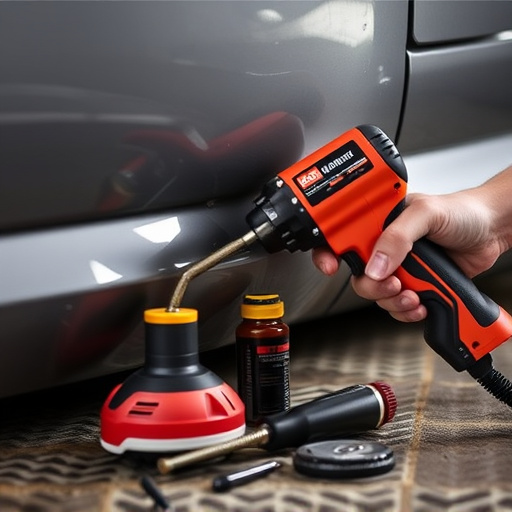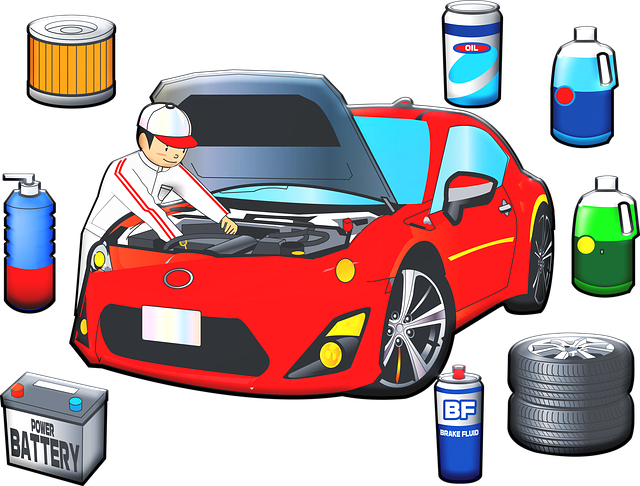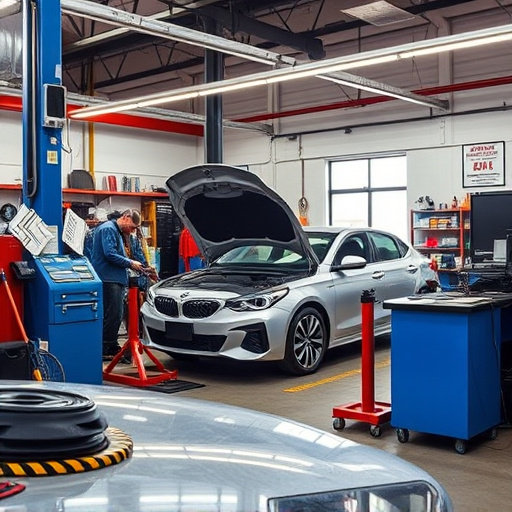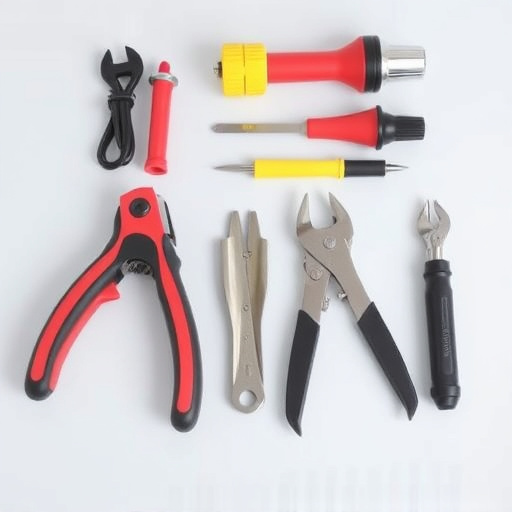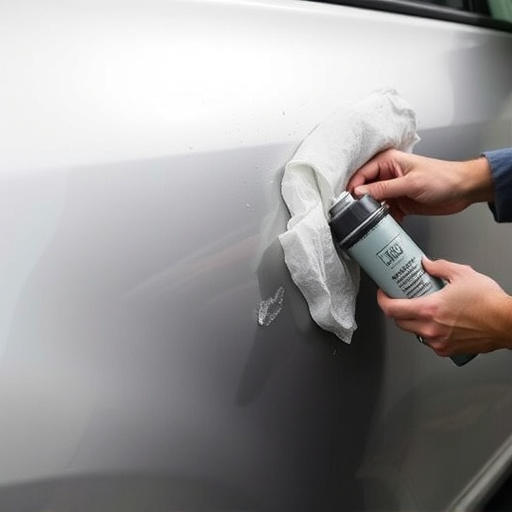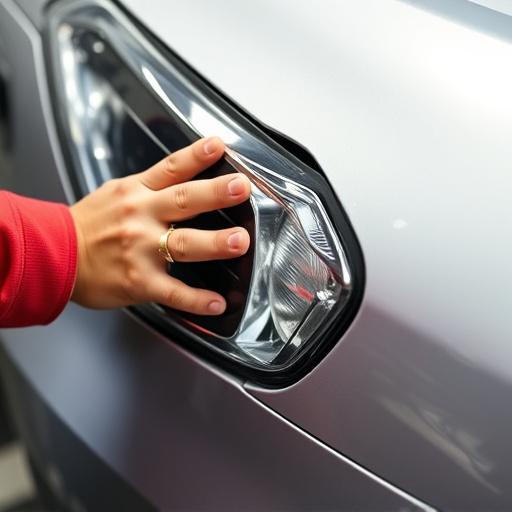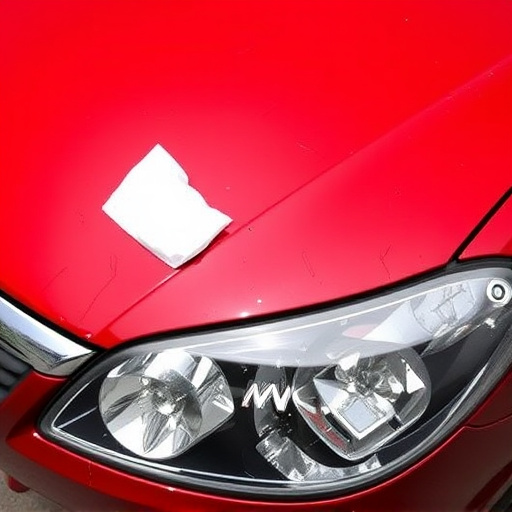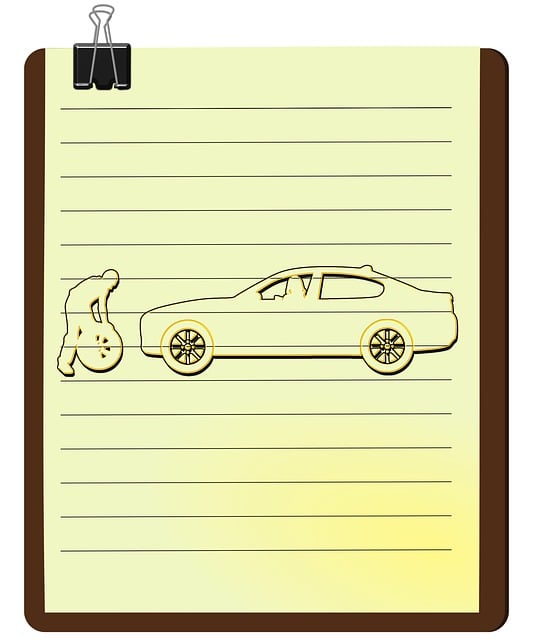Comprehensive and detailed documentation in auto body repair services is vital for communication, quality control, compliance, and client trust. Using specific file formats like JPEG, PNG, and TIFF enhances storage, retrieval, and sharing efficiency. A structured digitalized approach with standardized formats and templates, coupled with cloud platforms or specialized software, streamlines record-keeping, minimizes paperwork risks, and accelerates turnaround times for tasks like bumper repairs. This benefits both clients and technicians.
In the realm of digital image preservation, efficient repair documentation services are paramount. This article explores the intricacies of file formats commonly used in photo documentation for repair, catering to professional needs. From JPEG to RAW and beyond, understanding these formats is crucial for effective repair processes. We delve into best practices to ensure robust repair documentation services, optimizing outcomes for damaged or degraded digital images.
- Understanding Repair Documentation Service Needs
- Common File Formats for Photo Documentation
- Best Practices for Effective Repair Documentation Service
Understanding Repair Documentation Service Needs

In the realm of professional repair services, especially within sectors like auto body repairs, paintless dent repair, and fender repair, efficient documentation is key to successful operations and client satisfaction. Understanding the specific needs of a repair documentation service is vital for streamlining processes and ensuring accuracy from start to finish. Each repair job is unique, requiring detailed records that capture not just the physical changes but also the methods employed, materials used, and time taken.
These comprehensive documents serve as a bridge between the technician and the client, providing transparency and facilitating effective communication. Moreover, they play a crucial role in quality control, dispute resolution, and ensuring regulatory compliance. For instance, auto body repairs often involve intricate processes that need meticulous documentation to verify the extent of damage, track progress, and demonstrate the skill and precision employed in restoration, thereby fostering trust between the service provider and their customers.
Common File Formats for Photo Documentation
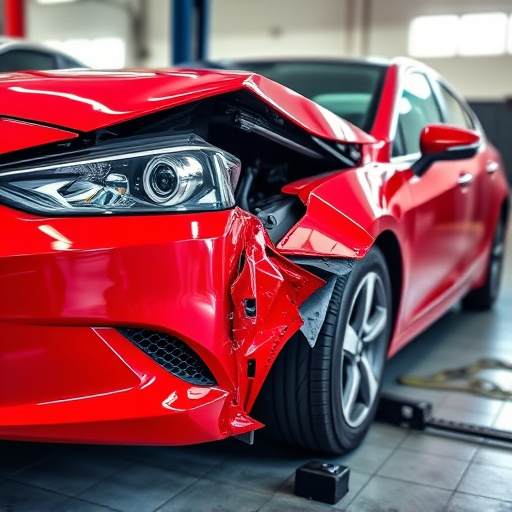
When it comes to documenting repairs, especially for intricate processes like dent repair or meticulous car paint repair, choosing the right file format is paramount. For a comprehensive and accurate record, professionals in Mercedes Benz collision repair and other automotive sectors rely on specific formats that ensure detail preservation.
The most common formats include JPEG, PNG, and TIFF. JPEG offers a good balance between quality and file size, making it suitable for general documentation. PNG is ideal for images with transparent backgrounds or those requiring extensive editing, while TIFF is favored in industries like dent repair for its high-quality storage of large format images, ensuring every minute detail is captured accurately. These formats facilitate efficient storage, retrieval, and sharing of repair documentation, streamlining the process for both repair shops and customers alike.
Best Practices for Effective Repair Documentation Service
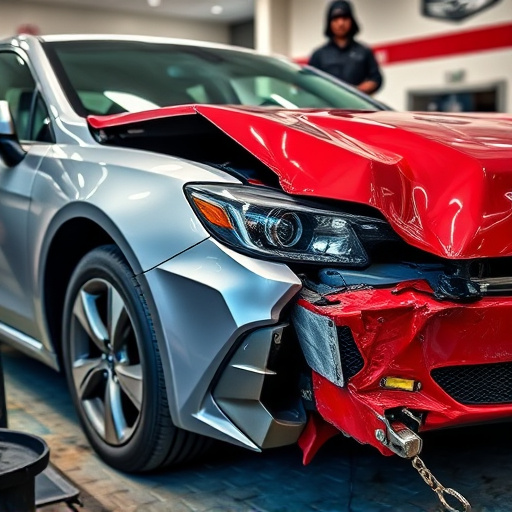
A robust repair documentation service is pivotal for maintaining accurate records and ensuring seamless communication within auto body services or automotive repair services. The first step involves adopting standardized formats and templates, which streamline the process and guarantee consistency across all repair documentation. This includes capturing detailed information about vehicle damage, repair procedures, parts used, and labor costs—a practice that proves invaluable for both clients and technicians.
Additionally, integrating digital systems for document management enhances efficiency and accessibility. Cloud-based platforms or specialized software enable real-time updates, secure storage, and easy retrieval of repair documentation. This not only facilitates faster turnaround times but also reduces the risk of misplacing crucial paperwork, especially when handling complex bumper repairs or other intricate automotive service tasks.
In conclusion, understanding the specific needs of a repair documentation service is paramount. By utilizing common file formats like JPEG, PNG, and PDF, along with implementing best practices such as high-resolution imaging and metadata tagging, you can ensure comprehensive and effective photo documentation. These strategies not only facilitate efficient repairs but also contribute to a robust and well-organized archive for future reference.
